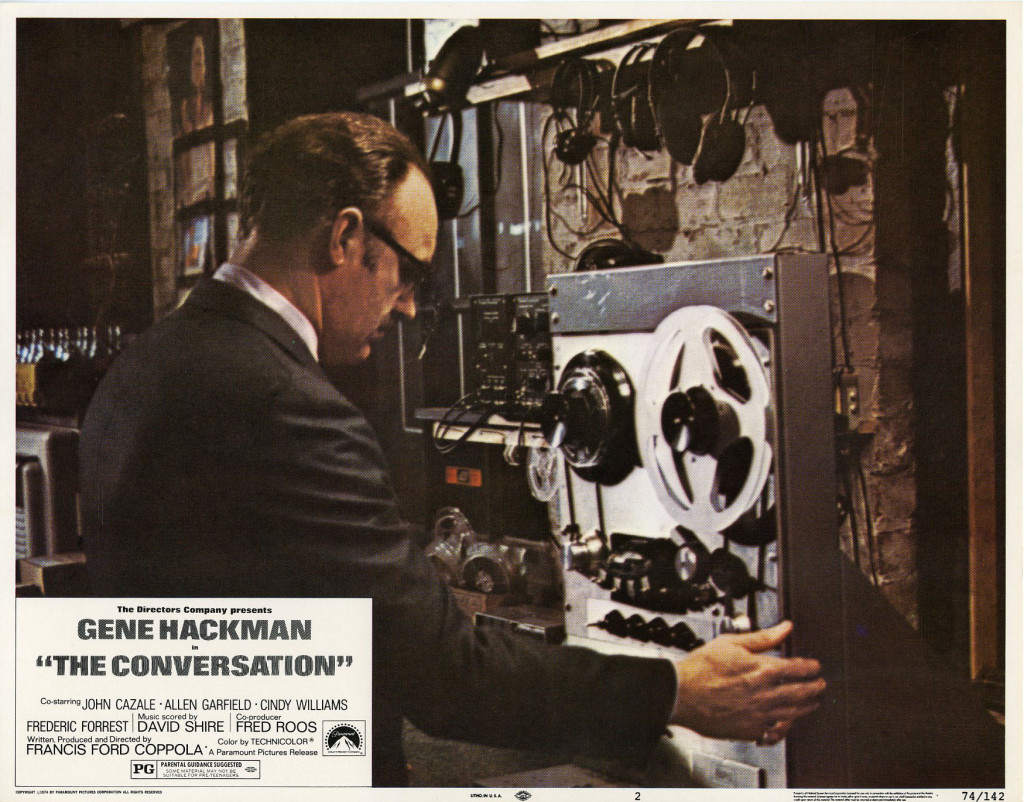
Writing at The Guardian, Michael Newton looks at paranoid fiction and conspiracy on film:
The conspiracy film is not quite a genre. And if conspiracy is simply two or more people engaging in criminal or nefarious plots, the more you think about it, the more any film can start to seem to a conspiracy film – from Double Indemnity (1944) to The Wings of the Dove (1997). No movie is to be trusted.
Yet there is a discernible kind of conspiracy fiction out there, both criminal or political, fantastic or close to documentary. It would embrace Edge of Darkness (1985), as well as Rosemary’s Baby (1968), The 39 Steps (1935) and Capricorn One (1978), The Manchurian Candidate (1962) as much as Francis Ford Coppola’s The Conversation (1974). Such works might be better termed “paranoid fictions”, characterised by uncertainty, suspicion, a mood of disquiet, the sense that nothing is as we perceive it. The camera intensifies the unease with shots that reveal someone else is watching, as we share for a moment their malign, inquisitive gaze. Suspicion and curiosity are the motivating forces. In All the President’s Men, the journalists’ great mantra is the phrase, “We know that”, always spoken when pushing further into what they do not yet know.